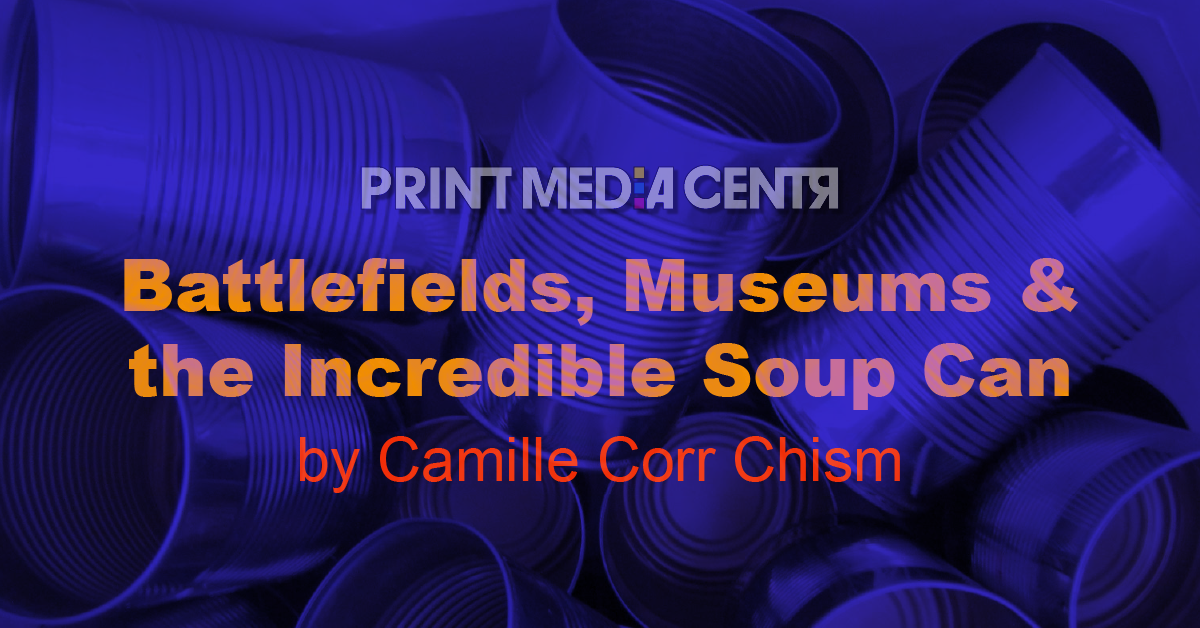
As the holiday season approaches and the weather cools off, people gravitate toward warm comfort foods like soup. What does comfort food like soup have to do with packaging? Believe it or not, the history of soup and its commercialization goes hand in hand with packaging.
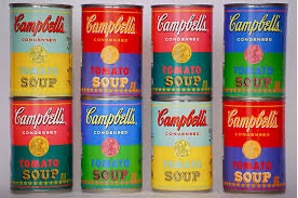
Military History
Canned foods were first used on a large scale when Napoleon’s troops were struggling during combat, due to hunger. During the late 1700s, Napoleon held a contest to find a way to preserve food for his soldiers. About fifteen years later, a Frenchman named Nicholas Appert improved the canning process in glass jars. The canned food was delivered to the troops and Appert won the award from Napoleon in 1810 for his success.
Soon after Appert’s enhancement, Peter Durand advanced the canning process by patenting preserved foods in metal containers. This was the origin of tin cans (specifically iron cans coated with tin or tinplate).
The first canning factory was built in 1812 in England. As French soldiers benefitted from better nutrition with preserved food during battle, the Royal Navy needed a supply of well-preserved food to successfully perform during combat.
Campbell’s Soup

Tin cans have been used for soup for about 150 years. Joseph Campbell sold soup and his partner, Abraham Anderson, a tinsmith naturally saw the many benefits of tin to package the product.
Check out this video on the transition of Campbell’s soup packaging:
By the late 1800s, soup was sold in cans. Dr, John Dorrance, a 24-year-old chemist, was hired to work at Campbell’s created a formula for condensed soup with MIT with the intention to save money on shipping costs. The cost of the soup dropped almost 70%. He eventually became president of Campbell Soup and condensed soup changed the industry.
Fact: Did you know the gold medal on the label has been on the cans since 1900 when the Paris Exposition awarded Campbell’s a Gold Medallion for excellence and the red and white striped label was inspired by the stripes on the Cornell University football uniforms?
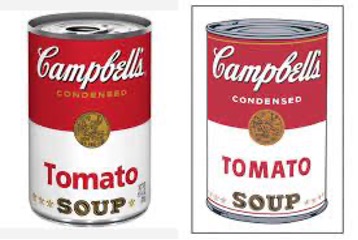
Andy Warhol
Google Campbell Soup Cans and the results point you to Andy Warhol via Wikipedia
While the now iconic artwork by Andy Warhol is worth a fortune, apparently, the impact during his first show did not wow the attendees. Canvases placed on shelves as you expect to see in a grocery store while shopping did not impress many people. This exhibit left viewers feeling confused. In fact, the exhibit generated a bit of controversy in the art world, as he used manufactured objects as the subject of his work. Warhol received offers totaling less than $1000 (in 1962) for his works at his first major show.

The attendees did not equate packaging to creativity and artistic genius at the time. Warhol’s art was influenced by two types of canned goods. The first, canned peaches. His mother upcycled the cans and used them as flower vases. The second was the canned soup, which he ate daily. When he created his series of 100 Cans, he chose something he used every day and turned it into art.
Ironically, this exhibit with paintings of packaging put Andy Warhol on the map in terms of artistic understanding and cemented his style. Less than 50 years later, a painting of part of his soup can-themed series sold for almost $12 million!
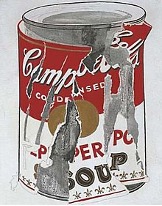
Technological Advances
While the soup can will most likely remain a tried-and-true standard for soup packaging for years to come based on cost, shelf life, and transportability, advances have been made in soup packaging. Technology has given us a wide variety of packaging options. Initially, changes were based on conveniences, such as on microwave ovens and convenience. More recently, consumers’ demand for sustainability combined with the increased cost of steel for packaging materials has driven a new wave of packaging.
There are so many new soup packs right now. Here are some examples of convenient soup packs.
Leave your comments and let me know which is your favorite and if you have seen other soup packs you find interesting!
1 – Microwaveable pack with vented lids

2 – Shelf-stable powdered soup
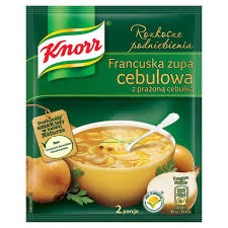
3 – Drinkable Soup (to compete with cold-pressed drinks)
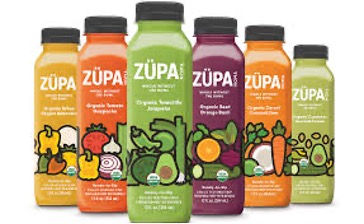
4 – Easy Open Packaging with high-end graphics
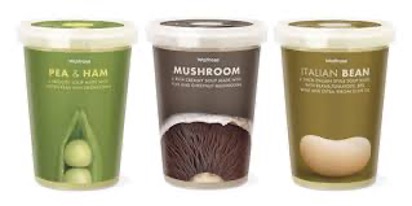
5 – Flexible Pouch with closeable spout
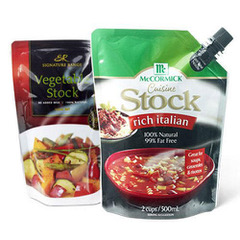
 Camille Corr Chism, CPPL Fellow, has a diverse background in packaging engineering, design, supply chain, project management, and new product introductions. Her experience includes a variety of industries including food, e-commerce, technology, distribution, pharmaceutical, industrial, and automotive. Earning an MS and BS in Packaging, Camille earned a Six Sigma Black Belt (2019), and a lifetime certification as a Certified Packaging Professional in 2006. She was inducted into the IoPP College of Fellows in 2014.
Camille Corr Chism, CPPL Fellow, has a diverse background in packaging engineering, design, supply chain, project management, and new product introductions. Her experience includes a variety of industries including food, e-commerce, technology, distribution, pharmaceutical, industrial, and automotive. Earning an MS and BS in Packaging, Camille earned a Six Sigma Black Belt (2019), and a lifetime certification as a Certified Packaging Professional in 2006. She was inducted into the IoPP College of Fellows in 2014.
Camille is the owner of Indigo Packaging and Consulting. She is the go-to person for all your packaging products and packaging design needs. Connect with her on LinkedIn, LinkedIn Company Page, Twitter @indigopkg, and Instagram @indigopkg












